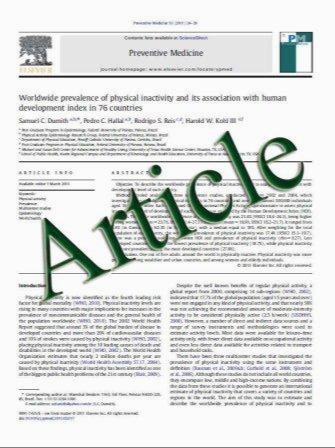The place for surgical treatment for AVM involving the temporal lobe
- نوع فایل : کتاب
- زبان : انگلیسی
- مؤلف : Azize Bostrِm & Karl Schaller & Jeanine Seifert & Johannes Schramm
- چاپ و سال / کشور: 2010
Description
Objective The objective of this study was to analyze preoperative symptoms and late clinical outcomes in patients who underwent surgical treatment of arterio-venous malformations (AVMs) of the temporal lobe, including those involving the Sylvian fissure (SF) and the lateral wall of the inferior ventricular horns—with special respect to postoperative hemiparesis and visual field defects (VFD). Methods Between 1990 and 2007, 44 patients (n=22 women, n=22 men) with a mean age of 41 (12–67) years were operated on an AVM of the temporal lobe. All data had been collected prospectively. Patients’ charts, as well as surgical reports and outpatient files, were analyzed. Thirteen patients showed an involvement of the SF, and six were localized partially in the lateral wall of the temporal horn. Eight AVMs were located in the temporo-mesial region. Fourteen patients had an AVM located mainly within the visual pathway. In 24 cases, the AVM was located in the dominant hemisphere. The AVMs were classified by the Spetzler–Martin grading system (SM). Visual fields were assessed in all patients pre- and postoperatively by independent ophthalmological examiners. Results The initial symptoms leading to the diagnosis of the AVM were seizures in 20 cases (45%), headache without hemorrhage in six cases (14%), incidental finding in five cases (11%), and tinnitus in two cases (5%). Hemorrhage had occurred in 15 cases (34%). Based on SM, 7 AVMs were grade I, 17 grade II, 17 grade III, and 3 grade IV. Preoperatively, seven patients presented with a VFD and two with a hemiparesis. Postoperatively, 8 of 44 (18%) patients presented with a new hemiparesis, remaining permanent in 3 of 44 (7%). In two of these patients, the AVMs were localized temporo-mesially (n=2/8, 25%). Seven patients (19%) showed a new significant postoperative VFD, and in addition, three patients had worsening of their preexisting VFD (3/7, 43%). Postoperative angiography verified complete AVM occlusion in 43 of 44 (98%) cases. One patient needed reoperation for residual AVM; hence, in all patients, complete occlusion before discharge was achieved. Conclusion Treatment of temporal lobe AVMs is demanding due to their close spatio-anatomical relationship with important neurovascular structures and the optic radiation. In this surgically treated series, morbidity for a new permanent hemiparesis was 7% and preservation of the visual field could be achieved in almost 90% of all cases. This is a calculable risk for most patients that renders microsurgical resection a justifiable option, even in light of other treatment modalities. The risk for new permanent motor deficits is elevated in temporo-mesial AVMs, and these patients have to be advised accordingly for surgical treatment.
Acta Neurochir (2011) 153:271–278 Received: 7 August 2010 / Accepted: 15 November 2010 / Published online: 1 December 2010


